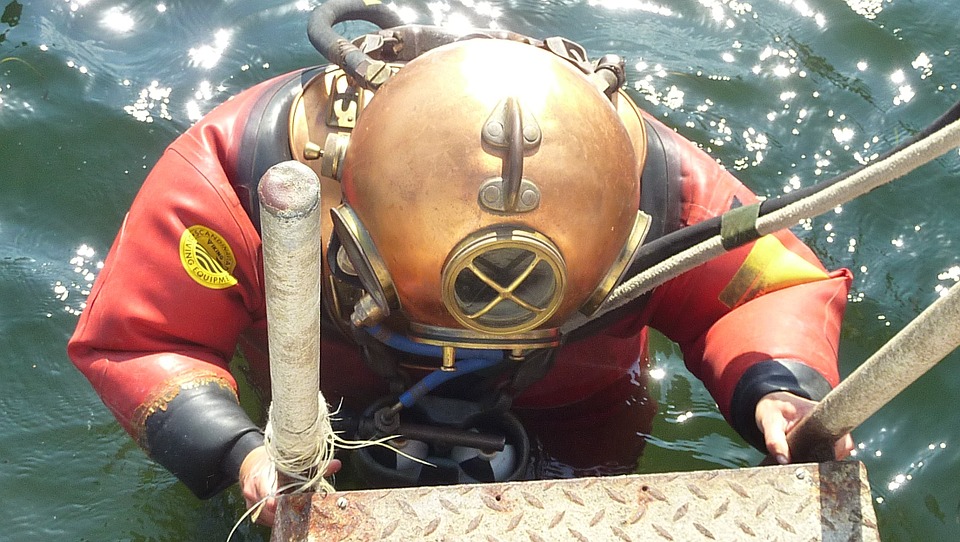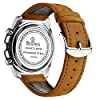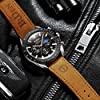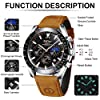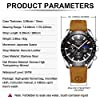For as long as people have bought watches, water resistance has been a key request and feature – but knowing exactly how much resistance your watch should have remains a burning question for those who are buying for the first time. There is no such thing as a totally waterproof watch, so the water resistance is usually shown on the dial or case, measured in metres – but what exactly does this mean?
A Guide to Watch Water Resistance
The metre guide effectively lets you know how much pressure a watch can take – based upon static use. This means that, should you have a watch offering 30m resistance, you’ll be able to submerge it in up to that depth for it to still operate. However, as mentioned, this is for static use – movement in water is a different matter altogether. This begs the question – as a keen swimmer or diver, what depth should you be looking for?
The higher the resistance, the more reliable the device will be when used in motion underwater. This means that your high-end resistant watches, those approaching 100-200m in depth, will be super reliable for regular swimming and even snorkelling. This, however, is generally as high as you can expect to go with general watches – meaning that if you are aiming to dive into very deep waters, you’ll need a specialist approach.
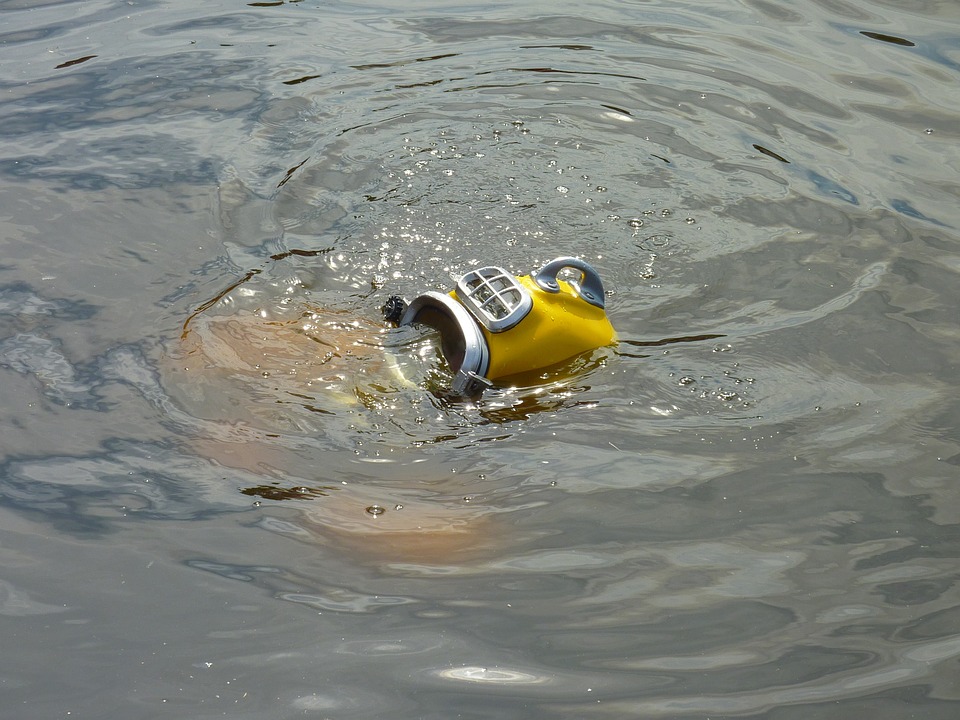
Water resistance should be on your radar if you work with H2O regularly or if you swim or surf – and generally speaking, it’s safer to go with a wristwatch that boasts 50m plus in resistance should you be submerging yourself. If you’re merely concerned with protecting against splashes or light water use, you’ll generally be fine with a watch offering 30m resistance.
Don’t let water resistance bamboozle you – talk to a watch specialist about your needs and you’ll find your perfect fit in no time! Do consider any metals your watch may be made from, too.

